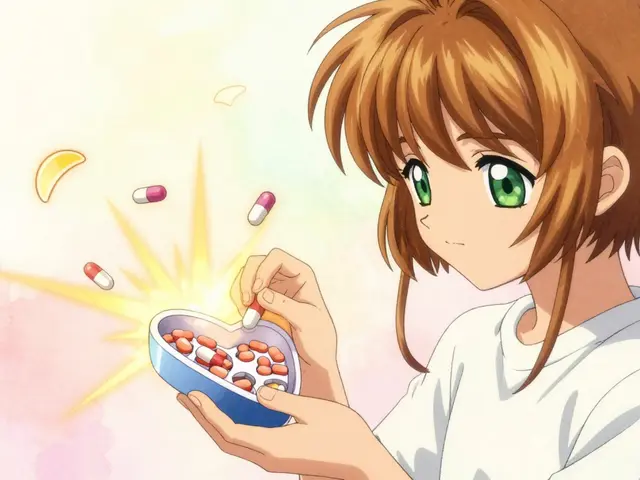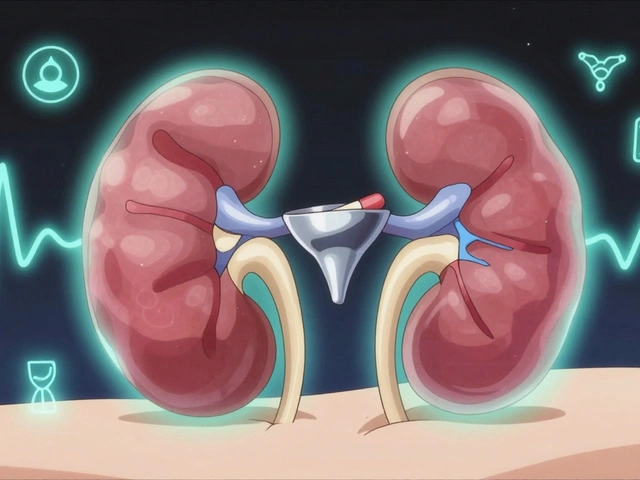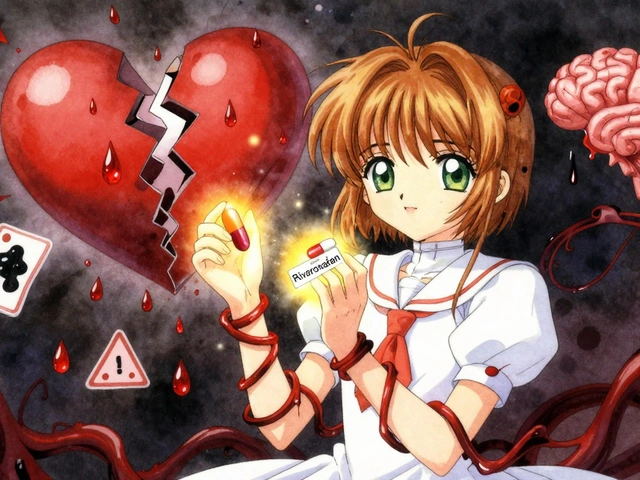Naltrexone: what it does, how to use it, and what to watch for
Want to cut cravings for alcohol or prevent opioid relapse? Naltrexone is a medicine that can help. It blocks opioid receptors in the brain, which lowers the reward from alcohol and stops opioid drugs from working. That makes it useful for people finishing opioid detox and for those trying to reduce heavy drinking.
How naltrexone is used
There are two common forms. Oral naltrexone is a pill, usually 50 mg taken once daily for alcohol use disorder or after opioid detox. The long-acting injection (brand name Vivitrol) is a 380 mg intramuscular shot given once a month. The injection is handy if daily pills are a problem.
Some doctors prescribe very low-dose naltrexone (LDN), typically 1.5–4.5 mg nightly, for off-label uses like certain autoimmune or pain conditions. Evidence for LDN is limited, so talk with your provider about risks and benefits before trying it.
Safety, side effects, and practical tips
Don't take naltrexone while you still have opioids in your system. Starting it too soon can cause sudden and severe withdrawal. Most prescribers want you opioid-free for at least 7–10 days before starting oral naltrexone and often longer before an extended-release shot. Some clinics use a naloxone or opioid challenge to be safe.
Common side effects are nausea, headache, fatigue, insomnia, and nervousness. These often ease in days to weeks. Naltrexone can affect the liver. If you have active liver disease or very high liver tests, your doctor may avoid it or monitor your liver closely. Getting baseline liver tests is a good idea.
Important drug interactions: naltrexone blocks all opioid pain medicines. If you need surgery or strong pain control, you must tell your surgical team you are on naltrexone. It may make opioid pain meds ineffective or require alternative strategies for pain relief.
How to prepare if you start naltrexone: clear your current opioid medications, plan for monitoring, and set a support system for cravings. With the injection, plan follow-up visits every month for the shot. If you choose pills, set a routine and store them safely.
Questions to ask your prescriber: Do I need liver tests? How long should I stay on naltrexone? What are alternatives if naltrexone doesn’t fit? How will we handle pain if I need surgery? Write these down before your appointment.
Buying and prescriptions: naltrexone requires a prescription. Be cautious with online pharmacies that don’t ask for a valid prescription. Always work with a licensed provider and a reputable pharmacy.
Naltrexone helps many people cut drinking and stay off opioids, but it’s not a fix by itself. Pair it with counseling, peer support, or a recovery program for better results. If you have questions about side effects or interactions, call your clinic. Quick communication keeps treatment safe and effective.
Navigating Revia Purchase: Safeguard Your Health with Naltrexone
This article offers an extensive guide on purchasing and safely incorporating Revia (Naltrexone) into your health regimen. It delves into the medical aspects, side effects, and drug interactions associated with Naltrexone, providing tips on the most common dosages and recommendations for use. Aimed at ensuring readers' well-being, the article presents valuable insights for anyone considering or currently using Revia.






